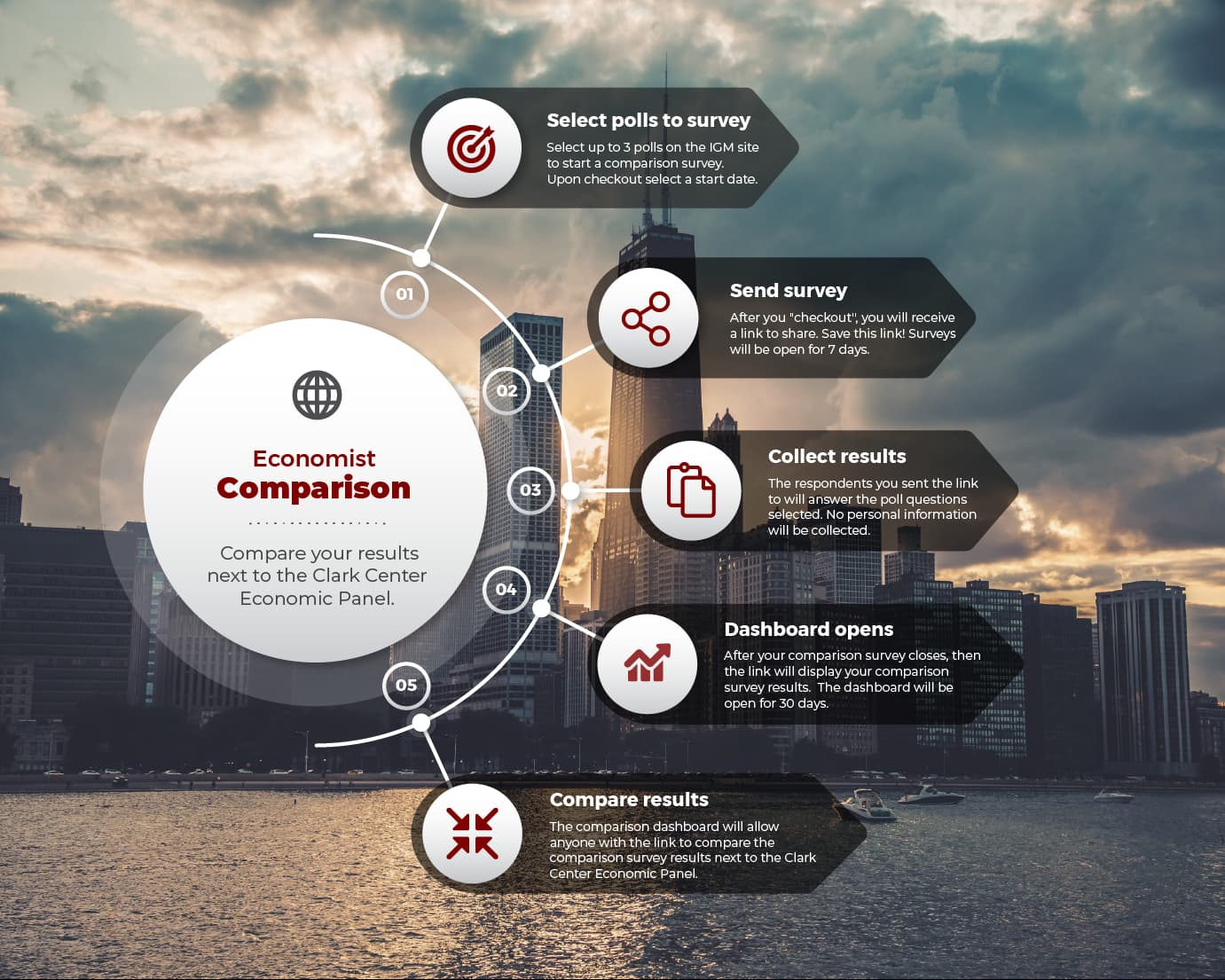Today is a big day for Fed Watchers, with Fed Chair Jerome Powell set to make his keynote address at the Kansas City Fed’s annual Jackson Hole symposium. At the time of writing, some hours before Powell takes to the podium, Bloomberg has gone as far as to carry a live countdown building up to the speech and wheeling out pundits in the manner of a Super Bowl show.
To most participants in financial markets much of what Powell will signal is a foregone conclusion; he will – they assume – confirm that the Fed will begin cutting interest rates next month and that the easing cycle will continue for some time. The interesting question is not the direction of travel, but the pace of movement.
Ahead of Powell’s comments, the Chicago Mercantile Exchange’s FedWatch tool, which calculates the implied probability of various policy scenarios based on the pricing of interest rate futures, shows a 76.5% likelihood of the Fed cutting rates by 25 basis points to 5-5.25% at its September meeting and 23.5% chance of them going further and cutting by a half a percentage point to 4.75-5.0%.
Looking further out, traders’ expectations for the end of the year imply they expect the Fed to keep cutting throughout the Fall and into the winter. The markets price in a 44% chance of Fed Funds ending the year at 4.25%-4.5%, a 35% chance of the key policy rate being at 4.5%-4.75% and 20.6% chance of them being below 4.25%.
In other words, the view of futures traders, ahead of Powell’s remarks, is that the Fed will be cutting rates in September and will likely bring rates down by 0.75% or 1% in the coming four months – without an outside chance that they actually go further. Given that the Fed typically moves in increments of 25 basis points and that there are three Fed meetings in the calendar before the end of the year, this all suggests a cut at every meeting with (according to traders) a decent chance that one or more of them is oversized compared to normal.
Given this seemingly high level of conviction about the direction of Fed policy, one might well ask why the Powell speech is set to be followed and analyzed so closely in the hours ahead. The answer is that the pricing of interest rate futures are a notoriously poor guide to what will happen in the future.
As your columnist wrote back in February:
“There is always a temptation to take the market-derived implied path of Fed policy as a good indicator of the future, or at least to weight it more highly than the views of economists pronouncing on what they think will happen. After all, the traders pricing futures have put their, or at least their clients, money where their mouths are.
There are plenty of reasons why the future-implied path tends to be wrong. Some if it relates to the market often hearing what it wants to hear rather than what was actually said. When the Fed signaled that it was done with hiking last Fall the market took that to mean that cuts would be following relatively quickly. More generally, close market watchers are keen to point out that the futures pricing is better seen as a snapshot of current sentiment than as something with predictive power for the future.
In general, when rates are low the market prices in hikes and when they are high, it prices in cuts. The belief in mean reversion tends to skew the numbers.”
Perhaps the clearest example of this is to simply look back to market expectations for the end of 2024 as they stood 8 months ago at the start of the year in January. Back then the CME’s tool suggested a 23.5% chance that rates ended the year at 4-4.25%, a 37.5% chance of 3.75%-4%, and a 30.4% chance of them ending the year even lower. The chance of rates closing out the year at 4.25-4.5% – the current best guess of the futures market – was out below 2%.
As this column also noted back in February, the FT-Booth survey has a somewhat better record when comes to getting these calls right. Last December that panel expected no cuts before at least July and a much slower washing cycle, with just two cuts by the end of 2024. So far that view has been born out. As of June, the panel expected only one cut this year, which may prove a touch too hawkish but still closer to the likely outcome than futures markets expected earlier this summer.
It is hard to avoid the conclusion that futures markets – for all the reasons cited back in February – have a tendency to overreach and swing from one extreme to the other. Just two weeks ago they even moved to price in an emergency cut in response to some market turmoil.
Whilst they might get the direction right (and this is still a might) they often get the pace wrong.
Financial markets of course reprice daily. Working in a trading environment means getting used to expectations changing, sometimes with every data release. The economy though tends to move at a slower pace and policy reflects that.
2008 and 2020 loom large in people’s minds. But neither was an especially typical economic downturn. The Fed will move quickly in response to a banking implosion or a public health driven emergency economic shutdown. But faced with a gradual slowing of economic momentum and diminishing inflationary pressure, the path of policy will gradually adjust.
For all the attention lavished on Powell’s remarks today and for all of the searching for clues as his words are analyzed and re-analyzed, it is worth keeping in mind that he is steering a super tanker not a speedboat. Course changes will not be as fast as some seem to expect.

